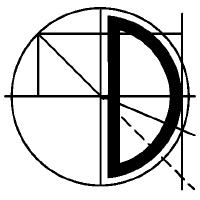,
Comparing the Accuracy of Resource Demand Measurement and Estimation Techniques
Computer Performance Engineering - Proceedings of the 12th European Workshop (EPEW 2015), том 9272 из Lecture Notes in Computer Science, стр. 115-129. Springer, (августа 2015)
Аннотация
Resource demands are a core aspect of performance models. They describe how an operation utilizes a resource and therefore influence the systems performance metrics: response time, resource utilization and throughput. Such demands can be determined by two extraction classes: direct measurement or demand estimation. Selecting the best suited technique depends on available tools, acceptable measurement overhead and the level of granularity necessary for the performance model. This work compares two direct measurement techniques and an adaptive estimation technique based on multiple statistical approaches to evaluate strengths and weaknesses of each technique.We conduct a series of experiments using the SPECjEnterprise2010 industry benchmark and an automatic performance model generator for architecture-level performance models based on the Palladio Component Model. To compare the techniques we conduct two experiments with different levels of granularity on a standalone system, followed by one experiment using a distributed SPECjEnterprise2010 deployment combining both extraction classes for generating a full-stack performance model.
тэги
- automated_model_learning
- descartes
- librede
- myown
- online_monitoring_and_forecasting
- performance
- spec
- statistical_estimation_and_machine_learning
- t_workshop

